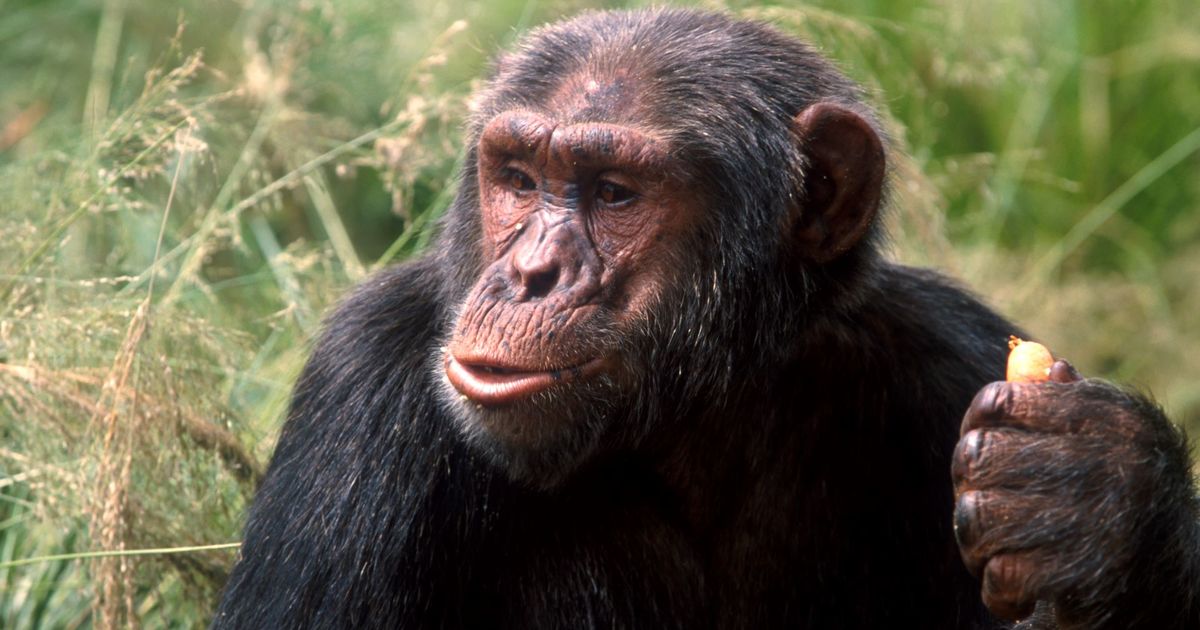
Champ Monkey: Fascinating Facts, Habitat, and Diet Insights

The champ monkey, more formally known as the West African chimpanzee (Pan troglodytes verus), is a captivating subspecies that garners attention due to its critically endangered status. As one of the closest relatives to humans within the animal kingdom, these fascinating creatures not only share genetic similarities but also exhibit complex social structures and behaviors that challenge our understanding of intelligence in non-human species. In this article, we delve into the fascinating facts surrounding the champ monkey, exploring their habitat, diet, and much more.
Understanding the lifestyle of the champ monkey provides invaluable insight into the conservation efforts necessary to protect this subspecies. By examining their unique physical characteristics, complex social behavior, and the threats they face due to habitat loss and poaching, we can better appreciate the challenges that lie ahead. Join us as we explore the world of the champ monkey, from their native environments to their feeding habits and beyond.
Overview of the West African Chimpanzee
The West African chimpanzee, or champ monkey, is one of several subspecies of chimpanzees. These remarkable primates are known for their social intelligence and problem-solving skills, paralleling human-like traits. This subspecies has a distinctive appearance, which aids in their identification and classification among other types of chimpanzees. Unfortunately, due to their status as critically endangered, understanding their behavior and biology is vital for their conservation.
Habitat and Distribution
Champ monkeys primarily inhabit the forests and savannahs of West Africa, including countries such as Guinea, Senegal, and Côte d'Ivoire. Their living environment is marked by dense vegetation, which provides ample opportunities for foraging, nesting, and protection. These habitats are essential for their survival, as they facilitate their diet and social interactions.
The distribution of the champ monkey has drastically decreased over the years due to deforestation and human encroachment. As their habitats shrink, these chimpanzees are forced into smaller, isolated areas, which jeopardizes their breeding and social dynamics. Understanding their habitat preferences can aid in creating better conservation strategies.
Physical Characteristics
The champ monkey has several distinct physical characteristics that distinguish it from other primates. These chimpanzees possess a coat of fur that ranges from brown to black, adapting to the environment in which they live. Older individuals tend to have a bald forehead and unique variations in facial skin color that evolve over their lifetime.
- Facial Features: Their prominent brow ridges and expressive faces allow for a wide range of social communication.
- Limbs: Featuring long arms and short legs, champ monkeys are well-suited for climbing and swinging through trees.
Size and Weight Variations
Size and weight among champ monkeys can vary significantly based on age, sex, and environmental factors. Adult males typically measure between 1.2 to 1.7 meters tall and weigh between 40 to 60 kg, whereas females are generally smaller, ranging from 32 to 47 kg. Understanding these variations aids in categorizing their roles within social groups and helps conservationists monitor their health and well-being.
Diet and Feeding Habits
The diet of the champ monkey is predominantly vegetarian, consisting of fruits, leaves, seeds, and nuts. Their feeding habits are intriguing, as they utilize tools, such as sticks, to extract insects from their habitats. They have a varied diet that is estimated to include over 300 different items, which reflects their adaptability and intelligence.
- Fruits: Bananas, figs, and mangoes are among their favorite food items.
- Leaves: They consume a variety of leaves and flowers, which provide necessary nutrients.
- Insects: Termites and ants are also included in their diet, showcasing their opportunistic feeding behavior.
The social structure of the champ monkey is complex and incredibly dynamic. They live in troops, which can range from a few individuals to over 100, and maintain sophisticated relationships within the group. These interactions are vital for their survival and well-being as they enable cooperation in foraging, grooming, and protecting young ones.
Behaviorally, champ monkeys exhibit strong communicative abilities, utilizing vocalizations, facial expressions, and body language to convey messages. Their intelligence is evident during collaborative activities, such as hunting and play, which reinforces social bonds within their community.
Reproduction and Lifespan
Reproductive patterns in champ monkeys are characterized by significant investment in offspring. After a gestation period of approximately eight months, females typically give birth to a single infant. This slow reproductive rate, coupled with a long juvenile dependency period, highlights the challenges they face in sustaining their populations.
In the wild, champ monkeys can live up to 45 years, though some individuals in captivity have been known to reach ages of over 80 years. Understanding their reproductive and lifespan traits is integral for enhancing conservation strategies that aim to protect this endangered subspecies.
Conservation Status and Threats
As critically endangered, the champ monkey faces numerous threats that jeopardize its survival. Habitat destruction due to illegal logging and agricultural expansion are primary concerns that lead to loss of living space. Additionally, poaching for bushmeat and the illegal pet trade pose significant risks to their populations.
Conservation efforts are underway in various regions, focusing on habitat preservation, legal protection, and community awareness campaigns. Collaborative efforts among local communities, governments, and international organizations are crucial for the future of the champ monkey.
Fascinating Facts About Chimpanzees
Chimpanzees, including the champ monkey, share several intriguing characteristics with humans. They are known for their ability to use tools, solve problems, and display a range of emotions such as happiness, sadness, and empathy. Here are some fascinating facts about these remarkable creatures:
- Tool Use: Champ monkeys have been observed using sticks to fetch termites or cracking nuts with stones.
- Communication: Their vocalizations can convey complex messages and community alerts.
- Cultural Behavior: Some groups have developed unique behaviors passed down through generations, showcasing cultural diversity among populations.
Conclusion
The champ monkey stands out as a remarkable example of the complexities found within primate species. From their intricate social structures to their dietary habits, understanding the champ monkey provides deeper insight into the challenges they face and the actions needed to protect their future. Conservation efforts and heightened awareness are paramount to ensuring the survival of this critically endangered subspecies. As we learn more about these fascinating creatures, we are reminded of the inherent connection between humans and our closest relatives in the animal kingdom, underscoring the need for unity in conservation efforts.
Did you find this article helpful? Champ Monkey: Fascinating Facts, Habitat, and Diet Insights See more here Education.
Leave a Reply






Related posts